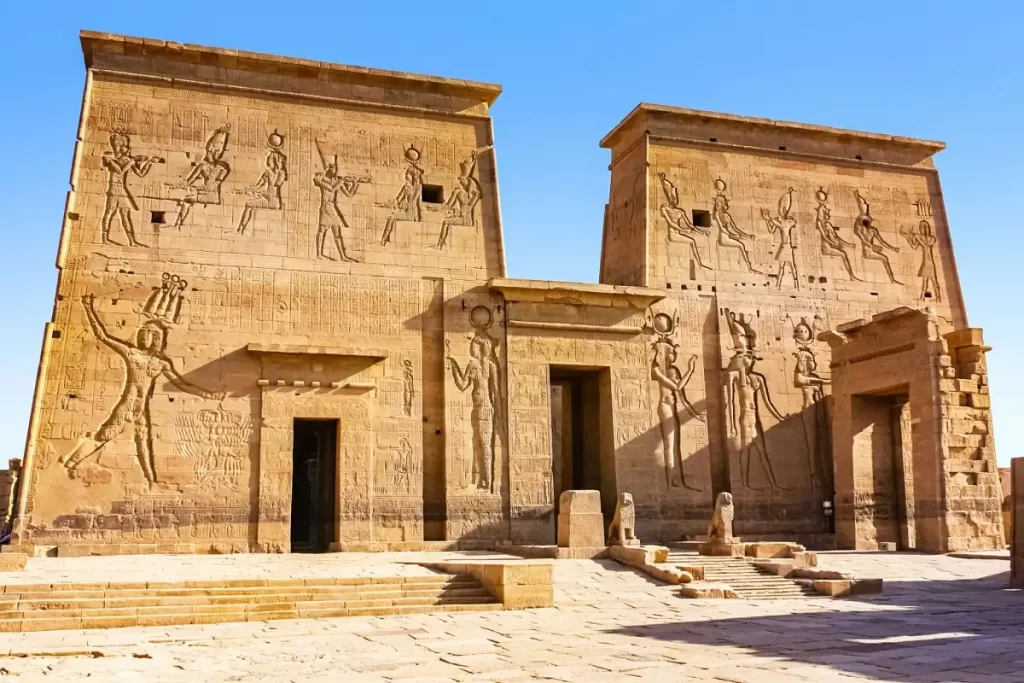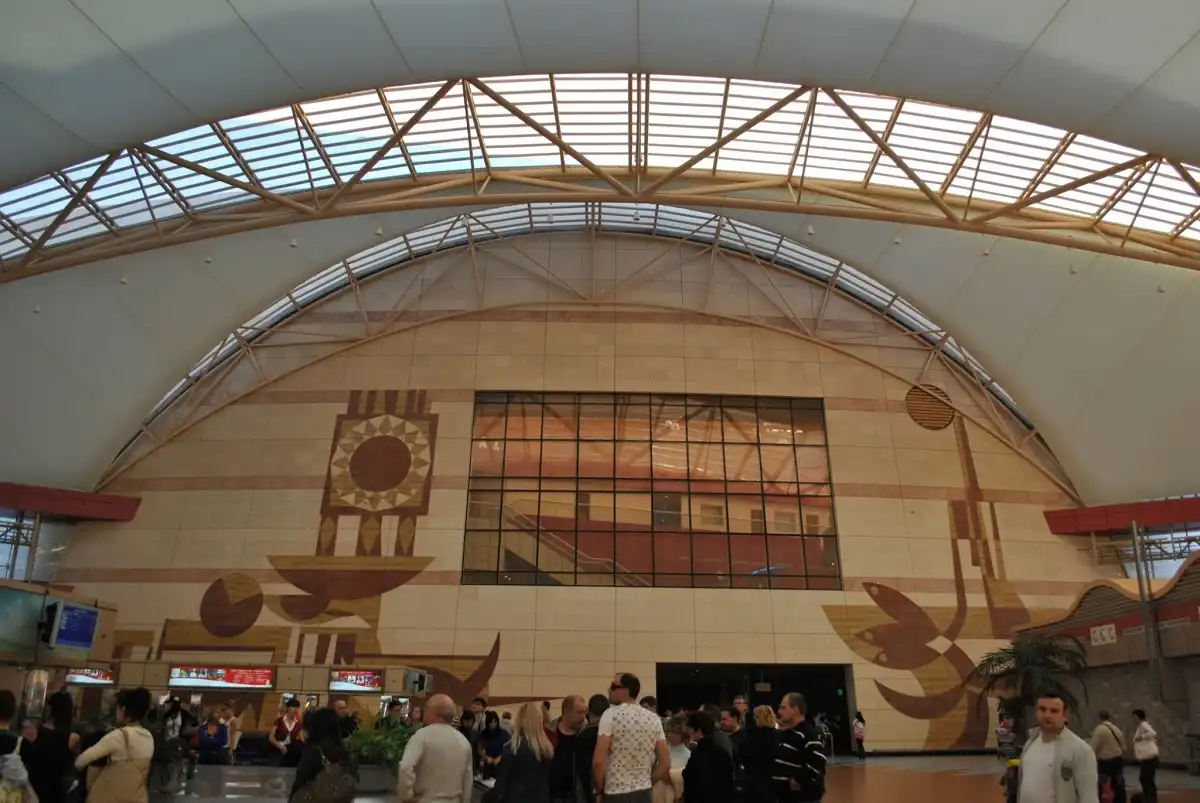
Philae Temple
[ez-toc]
The Philae Temple’s History
There are many beautiful temples in Egypt, but none are as captivating as the Philae temple. The temple, which served as a place of worship for “Isis,” the goddess of motherhood, healing, and birth, was erected between 380 and 362 BC on a rocky island in the middle of the Nile River south of Aswan that was well-known for being a hub of trade. Due to the building of the Aswan High Dam in the 1960s, the temple was relocated to the island of Agilkia as part of a rescue effort organized by UNESCO.
The Philae Temple’s Architecture
The temple was constructed using components from the Greco-Roman era, including a Nilometer, which was used to gauge the clarity of the Nile River and the water level during the annual flood. It is made up of two Pylons: the first pylon contains two towers, the Mamisi (the residence where the sky god Horus was born by his mother Isis), and an open forecourt that connects to the second pylon, which contains a Hypostyle Hall with ten columns and three vestibules that lead to the main sanctuary of the goddess Isis. The temple also contained chapels for the gods Osiris, Horus, and Hathor, as well as Roman-era structures like the Trajan Kiosk and smaller temples like the Augustus Temple.
The temple is very significant because it is one of the last locations where the ancient Egyptian religion endured after the arrival of Christianity until 550 A.D. The early Christians converted the temple into a church where they destroyed the imagery of the ancient gods and defaced many of their statues, making it one of the last places where the religion of the ancient Egyptians survived. The temple was moved to a new island that was shaped to match the original in order for it to withstand being submerged in water. As a result, the temple is now able to show its real splendor once more.



